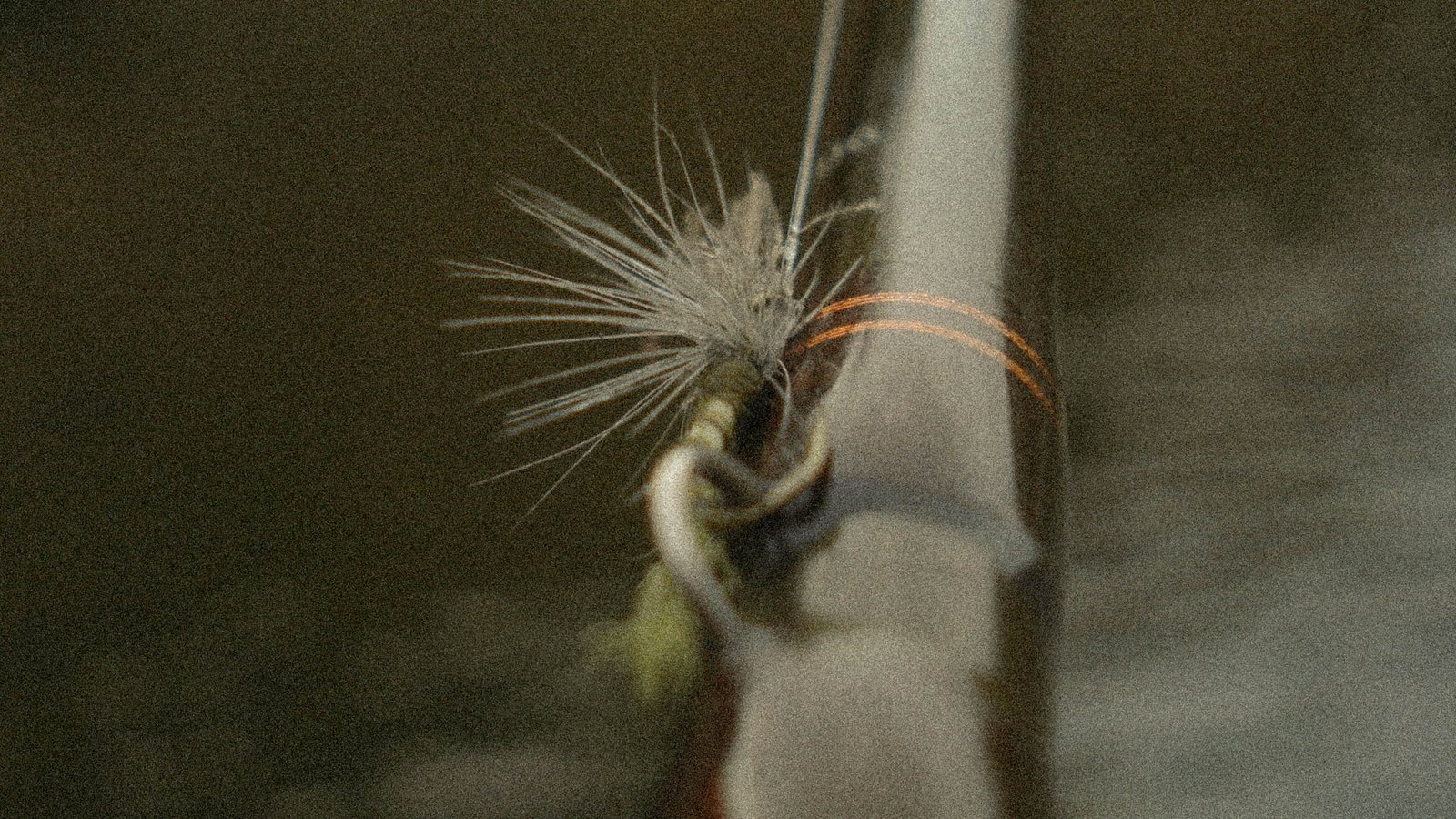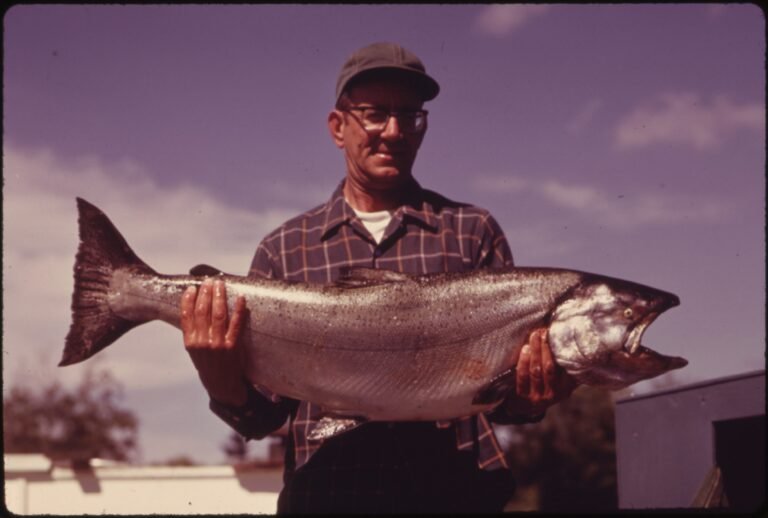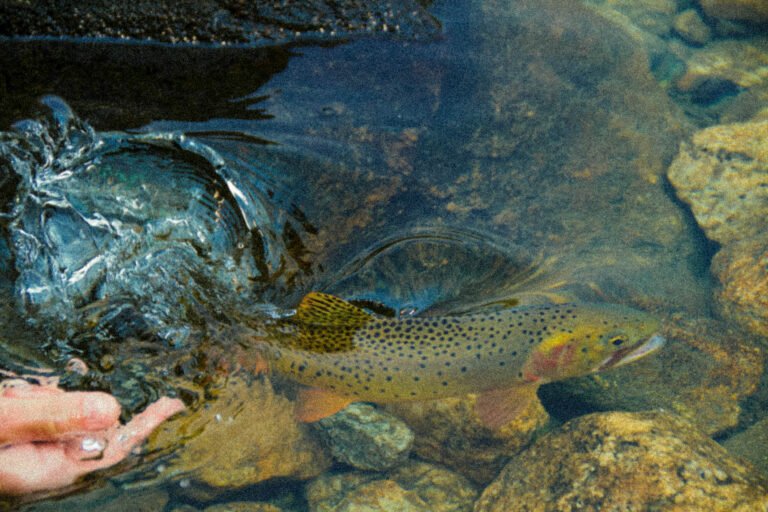“Most of the luxuries, and many of the so-called comforts of life, are not only indispensable, but positive hinderances to the elevation of Mankind” – H.D. Thoreau
The first “fly rod” I ever had was a 12 inches long. Around the age of 15 or so, I became interested in fly fishing, and, lacking funds, I got creative. I found some information online about fishing with a handline, and I loved the idea.
From the cedar tree in a park near my house, I cut a foot-long length of wood from a dead branch. I carved the front down to accommodate a spool of line and drilled a hole in the bottom to fit a small leather wrap of flies. I stitched a leather sleeve around the handle and tied an old shoelace to the bottom to use as a lanyard.
The guy at the fly shop in town hooked me up with some small nymph flies, and I was off to the races. The hand line rod was light, small, and very smooth. For a couple of summers, I took it with me everywhere, exploring small mountain streams on foot and with my dirt bike. I would crouch beside streams and toss the small nymphs into riffles, allowing the current to carry the fly to trout below in pools. I caught more small native rainbows than I can remember on that old thing.
I later found out that “nymphing” was highly regarded within the world of fly fishing. I didn’t know my ass from my elbow about aquatic insects at the time (I still find it highly confusing), but I knew trout ate these small bugs, and it felt natural to let them drift downstream into deep pools.
I eventually started using those old red and white bobbers as a kind of floating weight to spin the line like a lasso and cast flies from shore to rising trout in lakes. It worked, and I began carrying the bobbers everywhere.
In hindsight, part of the genius of the hand line was the ability to control the retrieve. Holding the line in the left hand, you could wrap the line around the spool painfully slowly. The rod had no advantage in terms of casting distance or the ability to play fish, but it did fit in your pocket and weighed a few ounces.
I have since acquired several boxes of flies, multiple pairs of waders, rods of all sizes, reels, small watercraft, and various accoutrements of all sorts to aid my fishing; however, little other than a proper 8’6” 5wt rod and functioning reel have actually caught me more fish.
John Updike said, “America teaches its children that every passion can be transmuted into an occasion to buy.” Fly fishing is one of this phenomenon’s worst victims. Anyone who has ever entered a tackle store will agree. Don’t get me wrong—I like my gadgets, like my belly boat, smooth drag reel, double taper line and and zip-front waders; but I got into fishing because of my love of trout, not for stuff. I go to rivers to observe and experience nature, and some things just take away from that.
Naturally, fishermen want to improve their skills and catch more fish, and somewhere along the line, we convince ourselves that leveling up our equipment will expedite this. This is only part of the equation.
Lately, I’ve felt encouraged to pare down my collection and focus on what I really need. Namely, a rod, two reels (floating and sink-tip), some leader and tippet, my fly box, and usually, a silicone net. At a certain point, the advantage of modern gear gets outweighed by all of the time spent fumbling about. The first rule of fishing is: “to catch fish, you need to have a line in the water.” Sometimes, it really is that simple.
To get started fly fishing, you don’t need much. It can be as little as some local knowledge and a stick wrapped with light monofilament and a single nymph. You can go as fancy, or as unfancy as you like (my first handline had a recycled champagne cork in the butt end to stop the flies from falling out—pretty fancy, right?)
To this day, the hand line produces beautiful little fish from small streams.


